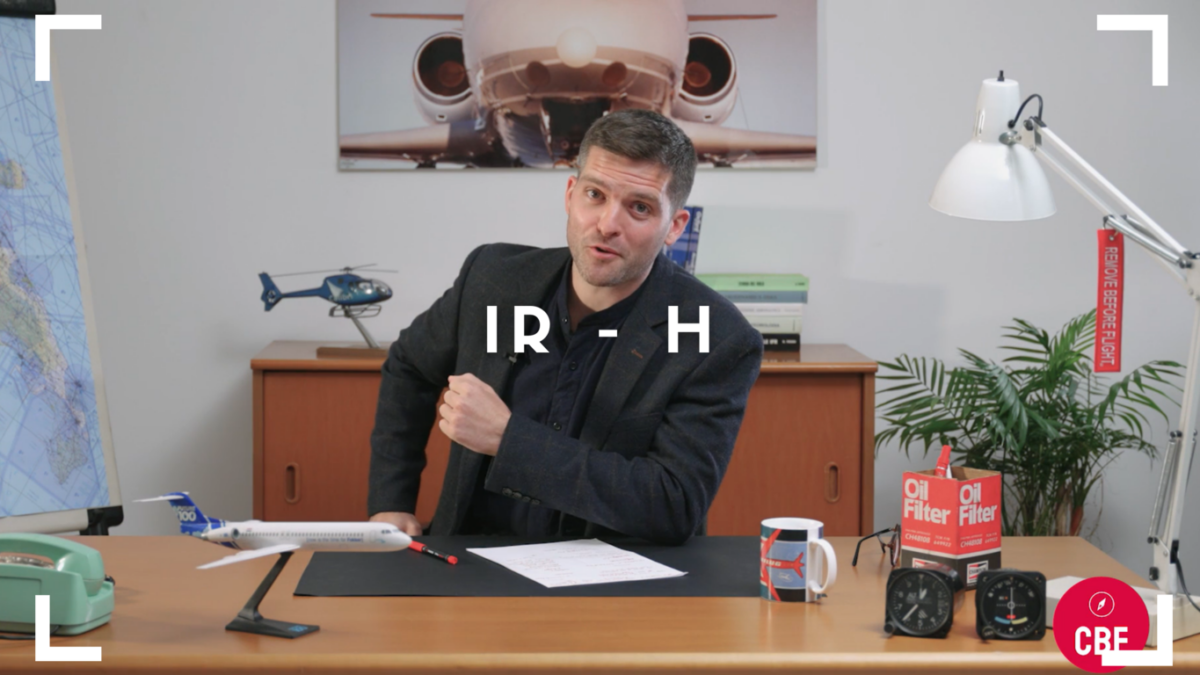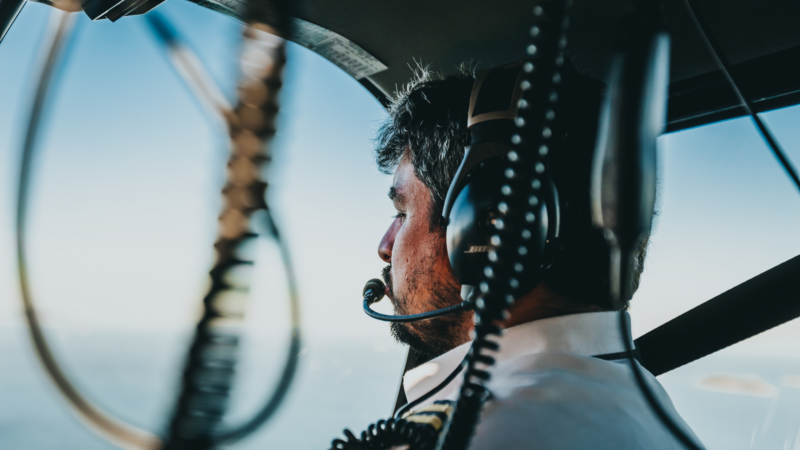The course
If you intend to access the IR course you will need to have flown at least 70 hours alone (remember in the previous tutorial, when we mentioned this requirement?). This experience is the one required to fly twin-engine turbine helicopters.
Private pilots can also obtain this qualification provided that they obviously have the 70 PIC hours of experience and the night flight qualification (which a CPL has automatically).
THE TYPE OF MACHINE ON WHICH TO PERFORM THE RATING
Depending on the flight school you attend, the instrument flight qualification can be carried out on different types of helicopters and simulators.
There are several ways to obtain this qualification and the most common one is to use a simulator for the first 40 hours of training (which you can also do inside the Hour Building if you are attending a modular course), then you will have to do the qualification on the chosen twin-engine helicopter (8 hours of flight with an instructor plus the exam) and then conclude the IR course with another 10 hours plus the final exam.
TWIN-ENGINE AND SINGLE-ENGINE
Let’s open a small parenthesis: why do we always talk about twin-engine helicopters when there are also courses for the IR qualification on single-engine aircraft?
There is a regulatory gap here because EASA requires you to do part of the training and the final exam on a helicopter “certified for instrument flight” (this sentence contains the whole meaning). This means that the aircraft must not only be configured for this type of training but must technically be able to fly in low visibility conditions. To do this it will therefore need to have a double electrical system, a double hydraulic system, an autopilot and other technical requirements.
Now, in Europe, these requirements are only met by twin-engine helicopters, so even if there is an approved course to get the instrument flight qualification on “single-engine” helicopters, in reality you will not find even one that is technically usable.
Ergo, the instrument flight qualification is only carried out on twin-engine helicopters, with the resulting cost consequences.




